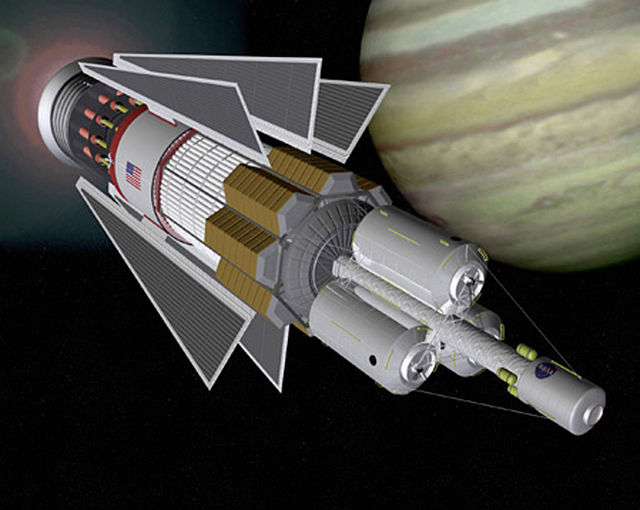Interstellar communication
Interstellar communication is the transmission of signals between planetary systems. Sending interstellar messages is potentially much easier than interstellar travel, being possible with technologies and equipment which are currently available. However, the distances from Earth to other potentially inhabited systems introduce prohibitive delays, assuming the limitations of the speed of light. Even an immediate reply to radio communications sent to stars tens of thousands of light-years away would take many human generations to arrive.
NASA's Vision Mission for the Innovative Interstellar Explorer considered using optical-laser communication, as did the 1980s era TAU probe
Interstellar travel is the hypothetical travel of spacecraft from one star system, solitary star, or planetary system to another. Interstellar travel is expected to prove much more difficult than interplanetary spaceflight due to the vast difference in the scale of the involved distances. Whereas the distance between any two planets in the Solar System is less than 55 astronomical units (AU), stars are typically separated by hundreds of thousands of AU, causing these distances to typically be expressed instead in light-years. Because of the vastness of these distances, non-generational interstellar travel based on known physics would need to occur at a high percentage of the speed of light; even so, travel times would be long, at least decades and perhaps millennia or longer.
A Bussard ramjet, one of many possible methods that could serve to propel spacecraft
Modern Pulsed Fission Propulsion Concept
Artist's depiction of a hypothetical Wormhole Induction Propelled Spacecraft, based loosely on the 1994 "warp drive" paper of Miguel Alcubierre




